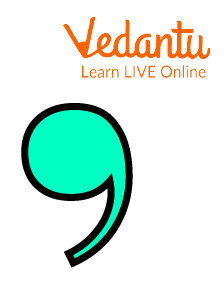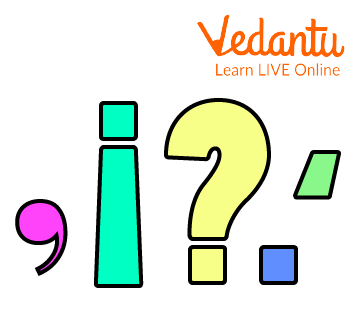An Overview of Class 3 English Grammar Ncert Solutions Apostrophe
FAQs on Class 3 English Grammar Ncert Solutions Apostrophe
1. What are the major uses of the apostrophe?
1) To demonstrate possession
2) To demonstrate letter omissions
2. Why are apostrophes used in books?
In literary works, apostrophes draw the reader's attention to anything other than the speaker. Targeting an absent person or a third party with an apostrophe is common. Other times, they concentrate on a nonliving thing, a location, or even an impersonal concept.
3. What are some of the common verb contractions we use in daily life?
We frequently are unaware of our usage of contractions in spoken language. We frequently utilize verb abbreviations even when writing. Some of the most commonly used contractions in ordinary speech are -
I’m - I am
Can’t - Cannot
Don’t - Do not
Won’t - Will not



























